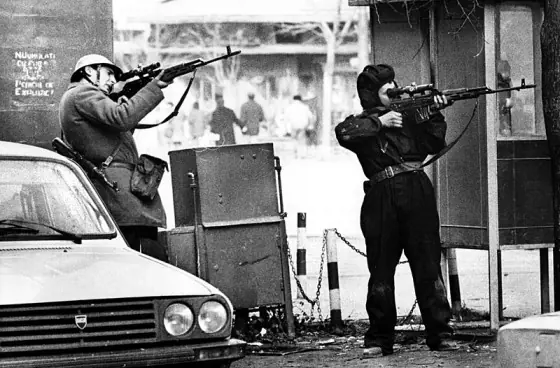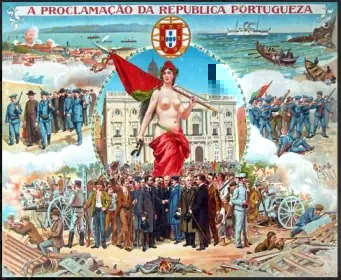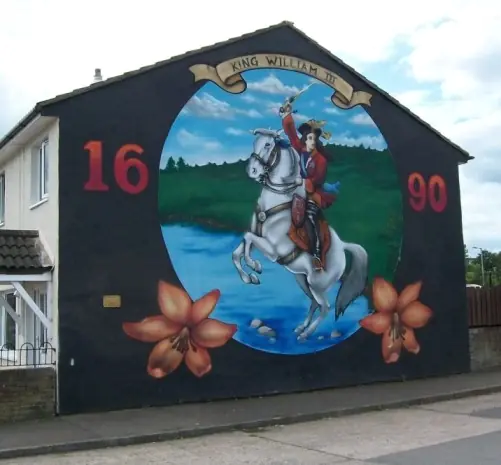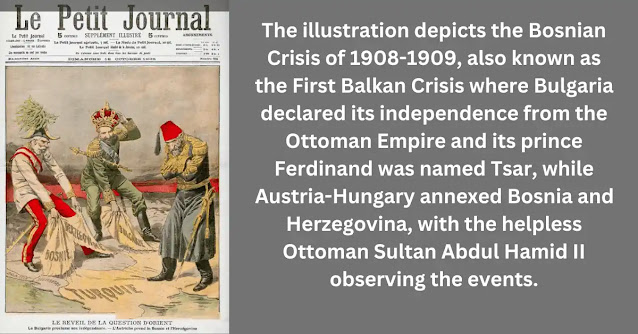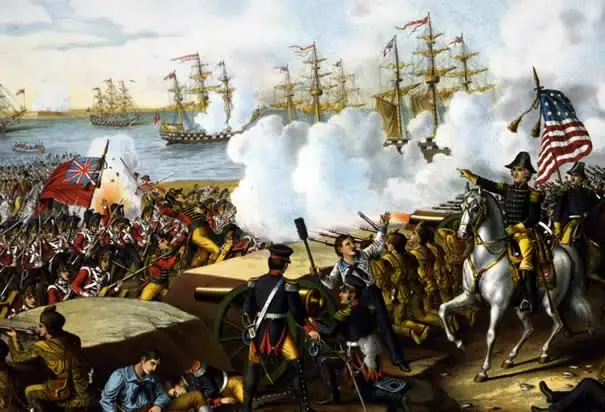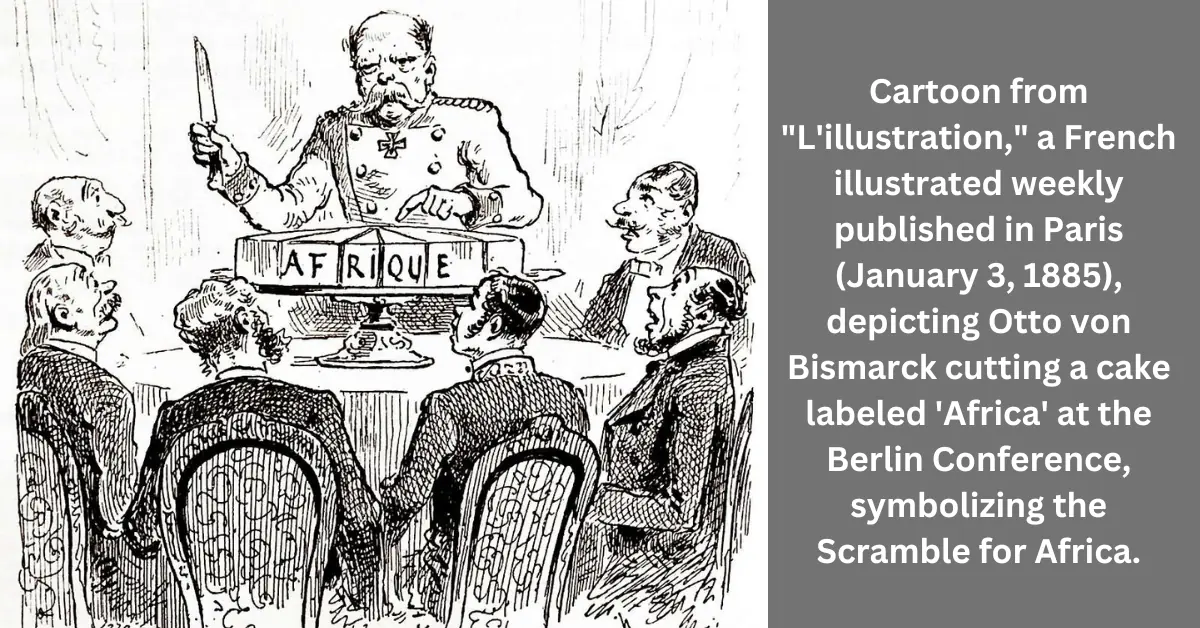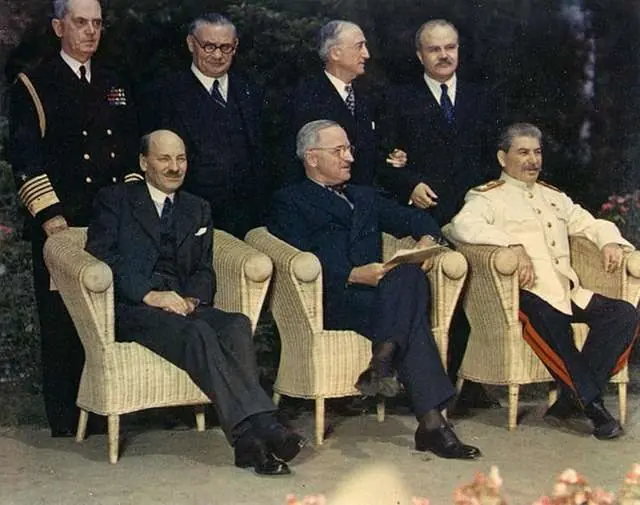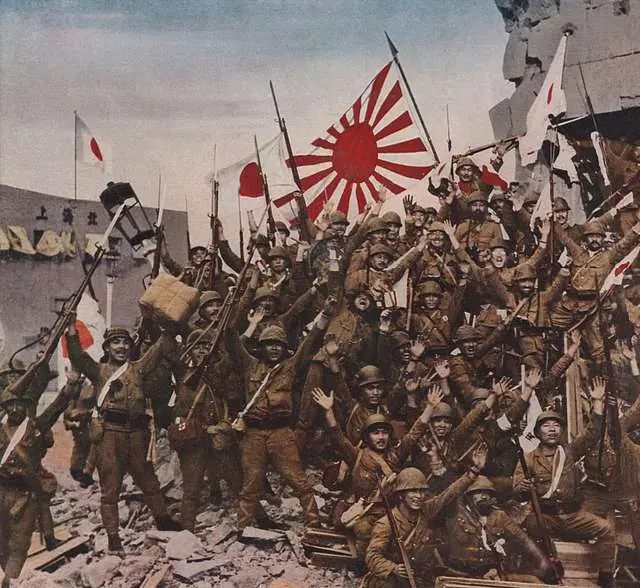The Cadet Revolution: A Genuine Manifestation of Poland’s Youthful Zeal
The November Uprising of 1830-31, also known as the Polish-Russian War 1830-31 or the Cadet Revolution, marked an armed revolt within the central region of divided Poland against the dominance of the Russian Empire. It started in Warsaw on November 29, 1830, led by young Polish officers from the military academy of the Army of Congress Poland. People from Lithuania, Belarus, and Ukraine also joined. Despite some local successes, the Russian Army, led by Ivan Paskevich, ultimately crushed the uprising.
As a result, Russian-occupied Poland lost its autonomy, becoming part of the Russian Empire. The Emperor Nicholas I imposed the Organic Statute in 1832, leading to the closure of Warsaw’s university and its transformation into a military garrison. This article will explore the events leading up to the uprising and its consequences for future Polish sovereignty.
 |
| Farewell of the Poles to their fatherland in 1831 |
💻 Table of Contents:
- Spirit of Youth: Cadet Revolution and the Struggle for Independence
- The Cadet Revolution: Roots of Poland’s Fight for Freedom
- Poland’s Fight: The Rise and Fall of the November Uprising
- European Support: The Uprising’s International Influence
- Legacy of Struggle: Poland’s National Identity Shaped by History
Spirit of Youth: Cadet Revolution and the Struggle for Independence
The November Uprising, also known as the Polish-Russian War of 1830-1831, carried a secondary description that reminds a sense of youthful idealism and courage—the Cadet Revolution. Their act of boldness exploded a flame of resistance that spread throughout Polish society, leading to one of the most significant chapters in Polish history.
The cadets’ actions were a catalyst for the uprising, triggering a chain of events that led to the formation of the Polish National Government, the establishment of armed forces, and the proclamation of an independent Poland. Their revolution represented the aspirations and dreams of a nation longing for freedom and self-determination.
The significant role played by young Polish Cadets demonstrates that defense forces serve not only to exercise power or secure the nation’s freedom but also to establish and uphold democracy and fundamental rights. The Cadet Revolution signifies the power of youth in shaping history and challenging oppressive regimes.
Their refusal to guarantee loyalty to the Russian Tsar became a powerful symbol of resistance and inspired a nation to rise up against oppression. Even though they lost, people will always remember and honor the courage of the young cadets in Polish history. Ultimately, The Cadet Revolution’s courage and determination inspired future uprisings, fueling Poland’s quest for freedom.
The Cadet Revolution: Roots of Poland’s Fight for Freedom:
To understand the Cadet Revolution, it is essential to consider the historical context and the factors that led to its outbreak, including cultural suppression and political grievances under Russian rule. At the time, the Kingdom of Poland was a part of the Russian Empire, having undergone a period of partition and subsequent Russian domination. The Polish people, long yearning for independence and insulted of foreign rule, were growing increasingly discontented with Russian policies.
 |
| November Uprising in Warsaw 1830 |
One of the key causes of the uprising was the erosion of Polish national identity and cultural suppression imposed by the Russian authorities. Russian tsars sought to assimilate the Polish population and suppress Polish language, traditions, and institutions. This cultural oppression deeply angered the Polish intellectuals and fostered a sense of national pride and resistance.
The other major factor that contributed to the uprising was the political and economic grievances of the Polish society. The Russian administration imposed heavy taxes, restricted trade, and favored Russian interests over those of the Polish population. The Polish upper class, which included nobles, landowners, and intellectuals, often felt left out and without a voice. This silence made them very inspired and eager for things to change that represents A Genuine Portrayal of Youthful Vigor.
Poland’s Fight: The Rise and Fall of the November Uprising
The Cadet Revolution began on November 29, 1830, with the outbreak of hostilities in Warsaw, marking the start of Poland’s bold stand against Russian rule. The initial phase of the uprising saw the Polish insurgents successfully capturing key strategic locations and establishing control over Warsaw and other major cities. The Polish National Government was formed, led by Prince Adam Czartoryski, and efforts were made to organize armed forces, draft a constitution, and appeal for international support. Their act of defiance quickly gained support from various segments of Polish society, including students, intellectuals, peasants, and soldiers.
However, the Polish insurrection faced significant challenges. The Russian Empire, determined to control the rebellion, accumulated a large military force and launched a brutal campaign to suppress the uprising. The Russian army, with its superior numbers and resources, gradually regained control of the territories held by the Poles.
 |
| End of the November Uprising 1831 |
The course of the uprising was marked by a series of battles and engagements, with both sides experiencing victories and setbacks. The Polish insurgents displayed remarkable bravery and determination, but they were ultimately outmatched by the Russian forces. The Poles lacked sufficient military supplies, coordination, and international support, which hindered their ability to sustain the rebellion.
In the face of the Russian military onslaught, the Poles resorted to guerrilla warfare and employed various tactics to disrupt Russian control. However, the Russian army, led by General Ivan Paskevich, gradually regained territory and laid siege to Warsaw in September 1831.
💻 You May Also Like:
- Poland’s Rise as a Central European Military Power: A Strategic Overview
- Warsaw Pact: The Forgotten Soviet Military Alliance
- Navigating Geopolitical Waters: The Franco-Russian Rivalry Unraveled
European Support: The Uprising’s International Influence
The November Uprising came to an end in October 1831 with the defeat of the Polish insurgents and the fall of Warsaw. The Russian forces, using overwhelming military power, crushed the resistance and imposed a harsh retribution on the Polish population. Thousands of Poles were killed, injured, or imprisoned, and many others were forced into exile.
The consequences of the uprising were significant. The Polish society suffered under increased Russian repression, with the suppression of Polish language, culture, and institutions intensifying. The Polish nobility lost many privileges, and the Russian administration tightened its control over the region.
However, the November Uprising left a lasting impact on Polish national consciousness and the fight for independence. It became a symbol of Polish perseverance, patriotism, and resistance against oppression. The uprising inspired subsequent generations of Poles to continue the struggle for independence, leading to further uprisings and movements in the following decades.
 |
| Torture of a Polish rebel by Russians |
The events of the November Uprising also resonated beyond Poland’s borders. They drew attention and sympathy from European intellectuals and liberals, who admired the Polish cause and its fight for freedom. The uprising became a prominent symbol of the struggle for national self-determination and inspired similar movements in other parts of Europe.
Legacy of Struggle: Poland’s National Identity Shaped by History
During World War I, the collapse of the Russian, German, and Austro-Hungarian empires provided an opportunity for the reestablishment of an independent Poland. In 1918, after more than a century of division, Poland regained its sovereignty and emerged as a nation-state. However, this newfound independence was short-lived. In 1939, Nazi Germany and the Soviet Union invaded Poland, leading to its occupation and division between the two powers. The eastern part of Poland was incorporated into the Soviet Union, while the western part came under German control.
After World War II, Poland fell under Soviet influence and became a communist state. The country was part of the Eastern Bloc until the collapse of communism in 1989. The end of the Cold War marked a new era for Poland, with the country transitioning to a democratic system and embarking on a path of economic and political reforms.
Today, Poland is a sovereign nation and a member of the European Union. Its history of division and struggle for independence has left an indelible mark on its national identity, with the Polish people cherishing their hard-won freedom and resilience in the face of adversity.
 |
| Kingdom of Poland |
Conclusion:
In end, the November Uprising or the Cadet Revolution was a pivotal moment in Polish history, representing a passionate fight for independence and national identity. Although ultimately suppressed by the Russian Empire, the uprising left a profound impact on the Polish society and continued to fuel the aspirations for independence in the years that followed.
It stands as a testament to the indomitable spirit of the Polish people and their unwavering pursuit of freedom. Dictatorship persists under the guise of democracy in many countries around the world today. Let the cadet revolution inspire the young generation; otherwise, the vacuum of democracy will lead to discontent.
Frequently Asked Questions and Answers
The Cadet Revolution refers to the November Uprising of 1830–1831, a Polish armed revolt against Russian rule, led by young military cadets in Warsaw. It symbolized Poland’s struggle for independence and national identity.
The uprising was caused by cultural suppression of Polish identity, heavy taxes, and political grievances under Russian rule. Polish intellectuals and youth sought to reclaim their sovereignty and resist assimilation.
The uprising was crushed by Russian forces, leading to harsh repression, loss of Polish autonomy, and the imposition of the Organic Statute of 1832. However, it inspired future generations to continue fighting for independence.
The Cadet Revolution became a symbol of Polish resilience and patriotism, inspiring later uprisings and movements. It strengthened Poland’s national consciousness and its enduring quest for freedom and self-determination. What was the Cadet Revolution?
What caused the November Uprising?
What were the consequences of the November Uprising?
How did the Cadet Revolution impact Poland’s national identity?

